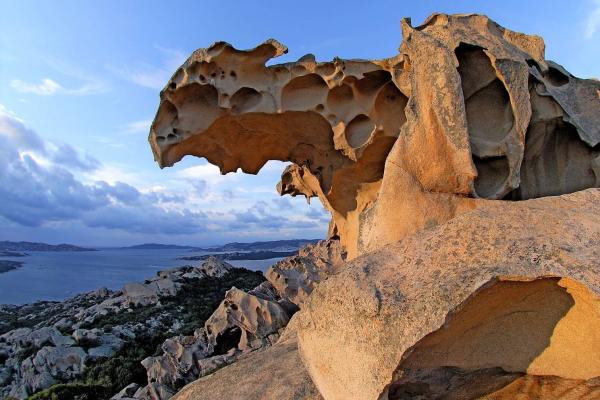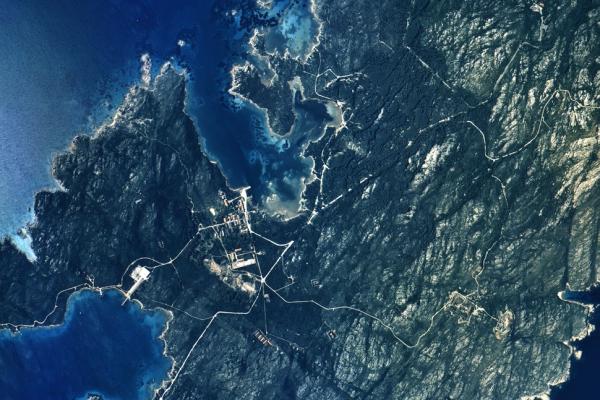It is the fourth largest island of the Maddalena Archipelago, the only one that has brought us evidence of prehistoric times and where the abandoned military constructions provide the best narration of centuries of events, from eighteenth century battles to shipwrecks, bombings, the ‘cold war’ and American marines. Today, the island of Santo Stefano is an unmissable stop during a tour in the La Maddalena Archipelago National Park and its western coastline is the main theme of the short ferry ride from Palau to La Maddalena. Its 3 square-kilometre expanse, the summit of which is Monte Zucchero (101 metres), is dominated by pink and white granite rocks, dotted with Mediterranean greenery, and the various roads branching off lead to the main points of interest.

Island
A ‘Sentinel’ with a glorious past and a harsh, wild appearance, in a strategic position between La Maddalena, Caprera and the extreme northeastern coast of Sardinia
A ‘Sentinel’ with a glorious past and a harsh, wild appearance, in a strategic position between La Maddalena, Caprera and the extreme northeastern coast of Sardinia
See this place because...
As you travel, you will witness evocative views, wild coves and evidence of the past, before continuing north to discover the other wonders of the archipelago
Nearby
Ti piace questo luogo? La Maddalena potrebbe essere la tua meta ideale.
You may also like
More attractions in the vicinity








